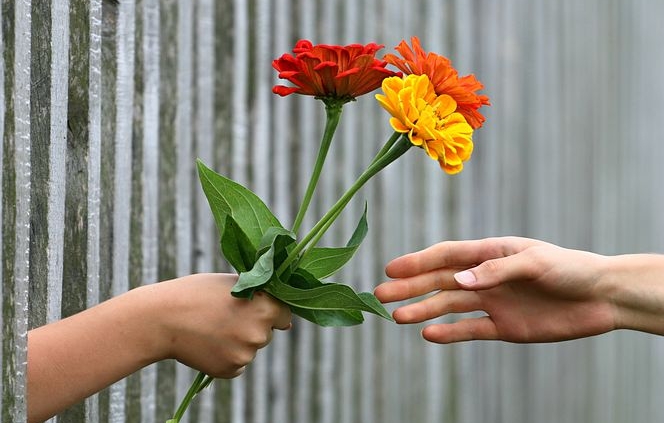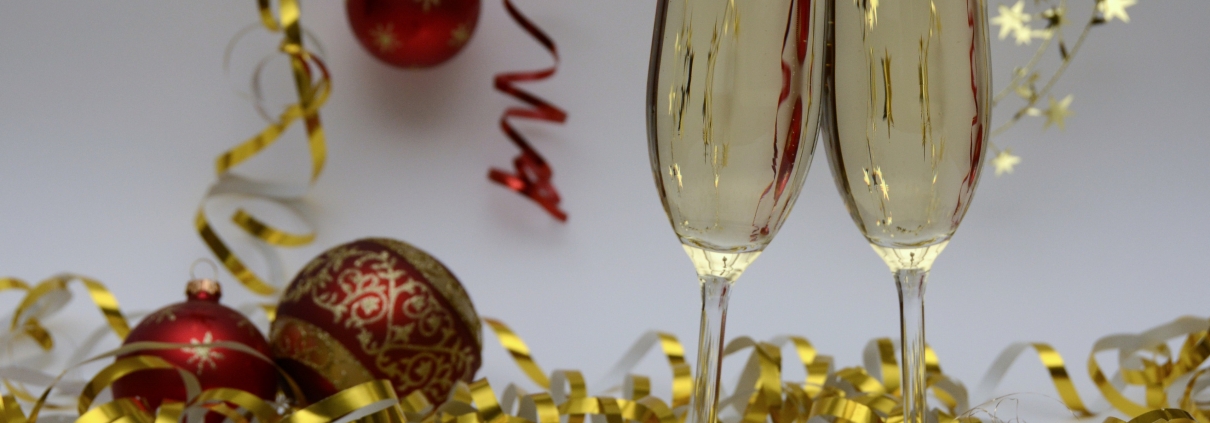Exploring Generosity
“Paradoxically but wonderfully, focusing on someone else’s happiness will actually make you happier.” — A.J. Jaobs
What does a generous life look like?
How generous could I be if I really set my mind to it?
How much is enough?
I’ve spent the last year exploring these questions – both in my own life and in others’ lives – and making some intentional efforts to be more generous with my resources: time, energy, knowledge, and money. Early in 2018 I was gifted with several amazing acts of generosity, and it was life-changing. I guess I wanted to do what I could to pass it on.
I have had the great gift of having some mentors in my life whose generosity stuns me sometimes: my dad (and my mom when she was still alive), some dear close friends, also some clients. To see them share their abundance with others – whether that abundance shows up in the form of money, time, mentorship, or energy – has been nothing short of inspirational. They got me wondering, “What would it feel like to be able to give like that?” And also, “What kind of ripple effect could I make in the world if I dug deeper and shared more?” I decided I would practice the art of generosity on my own scale beginning immediately.
When I set the intention to be more generous, I wasn’t sure what it would look like. My husband and I can certainly support ourselves, but we also aren’t dripping in wealth (at least by U.S. standards). It does help that we’re both happy living pretty simply. We forgo luxuries like cable, and my hubby is one of the 5% of Americans who still doesn’t have a cell phone and thus avoids that nasty bill. We also avoid buying junk that has a high likelihood of ending up in a landfill anytime soon. All of that said, once we’d met our savings goal I wasn’t sure how much “extra” there would be to give away. Would I be willing to give away what didn’t feel like “extra?” I also wasn’t sure how much time and energy I was willing to give away since I take great pains not to overbook myself.
I was, however, committed to exploring what was possible.
Here’s what I learned on my exploration into generosity:
- I had more money to give than I thought I would. This was a fun realization. It helped that I sort of made it into a game. My brain started reframing potential purchases in terms of, “I could buy that adorable pair of boyfriend jeans, or I could save that $89 for part of the next donation to _______.” Framing it that way, the answer always became clear quickly. After all, however adorable they were, I don’t really need another pair of jeans. Do you? Get this: before I knew it, I had $500 ready to donate to a favorite charity simply because I stopped myself from buying about five new pieces of clothes. That felt both significant and easy. I was able to do this several times throughout the year, and I enjoyed seeing it add up.
- Time is as valuable as money. We hear it all the time, but I’m not sure we truly value time as money’s equal. Here’s the truth: We are all going to die, which means time is perhaps our most finite resource. To give our time away in the form of volunteering or mentoring others means we’re giving that person or organization part of our life. Wow. Talk about generous. I decided I could easily give away 2-4 hours of my time every month without feeling overbooked. That adds up to 24-48 hours over the course of a year.
- It’s impossible to be generous without being in a place of gratitude. Have you ever noticed how stingy people tend to complain more and not seem particularly grateful for what they have? Yes, that’s a gross generalization, but we’ve all known people who stink of that familiar and toxic attitude of, “I don’t have enough so I’m not going to share.” Generosity simply cannot exist without gratitude. This got me thinking that the first step to being generous is most likely practicing gratitude (which has also been shown over and over to be awesome for our health).
- Small gestures make a big impact. Being generous doesn’t have to bankrupt you. Sending a spontaneous greeting card, giving a tiny gift, even giving someone a used book you’ve already read but know they’ll enjoy: these small actions make a difference. People feel loved when you think of them.
- Giving people “the benefit of the doubt” is another form of generosity. Exploring this angle of generosity was profound: how can I be more generous in my attitudes and assumptions? At one time or another most of us have probably heard the sage advice telling us to assume others are always doing the best they can in any given moment. That can be a hard practice, but I found that I saved myself from some useless ruminating when I decided to simply give the other person the benefit of the doubt. Examples:
- When a friend said something I found to be hurtful, I assumed she didn’t mean it and let it go. It was out of character for her. Heck, we all say things we don’t mean sometimes.
- When someone I was counting on professionally didn’t follow through on a deadline – screwing up my schedule big-time – I listened patiently and believed her reasons for not being able to deliver on schedule. She’s trustworthy and has a lot on her plate. End of story.
In fact, there are a million small acts we can do as we move through life that I now consider generous: Allowing a car the space to merge in front of us easily (even if it’s not technically their turn), giving an extra pair of mittens to the homeless person standing on the corner, inviting a friend over for a delicious, home-cooked meal, babysitting a relative’s kids, even just offering someone who’s going through a tough time a friendly, non-judgmental ear.
Beware: once you start, it’s a bit catching.
Over the course of the year I also stretched the limits of my comfort zone and invited other people in my life opportunities to be generous, whether that meant donating their skills, products, or money to a cause, joining me at a benefit, or just straight up asking for something. It was all very low pressure, but it was still uncomfortable. It’s hard for me to ask people for things. Some people took me up on the invitation, others didn’t. It’s all okay. The ripple effect is rippling-on.
Since Thanksgiving is a time when many of us are inclined to count our blessings and share what we’re grateful for, I thought this seemed like the right time to share a bit about my journey with generosity, which is still in its infancy. I look forward to seeing where it takes me in the coming years when I’m able to drop my training wheels.
This post is dedicated to Dad, Alice, Catherine, and Mary. xoxo.





Follow